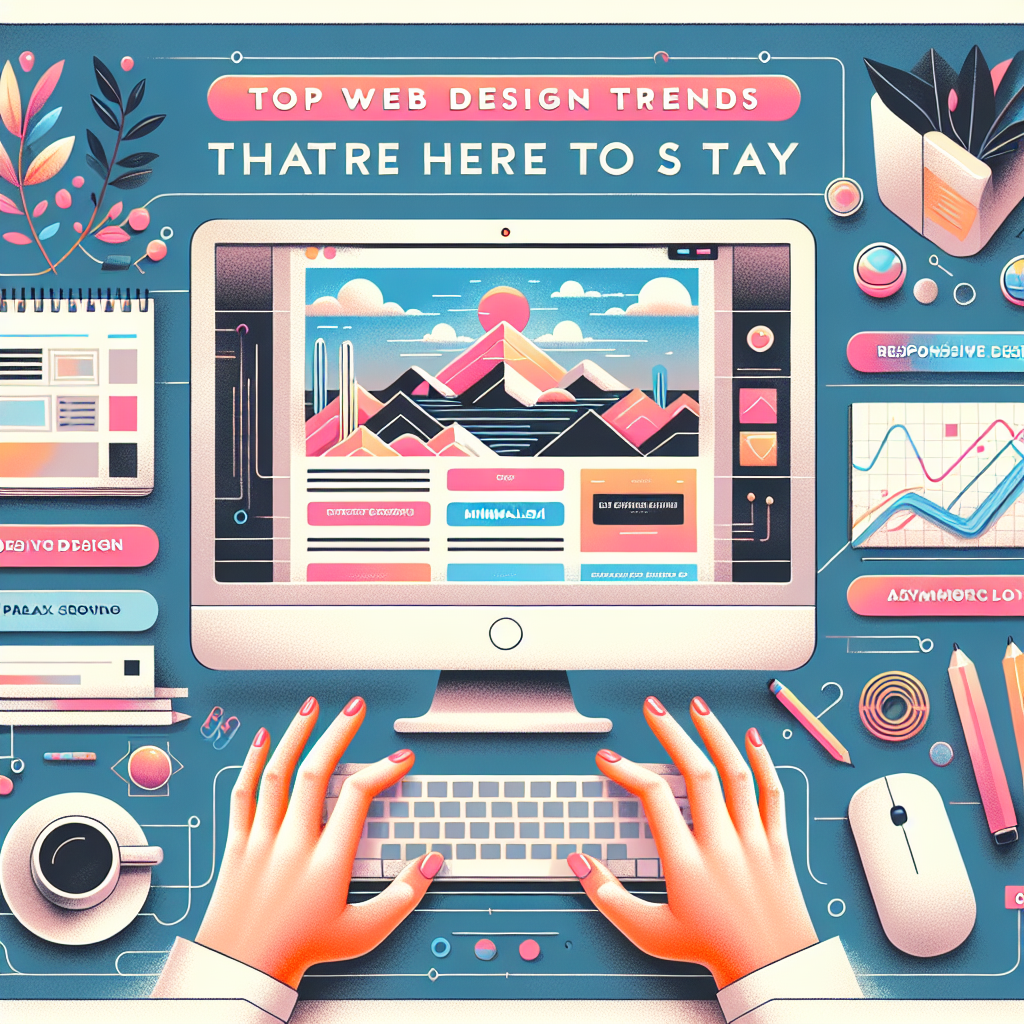As the digital world evolves, so does web design. Technologies and user preferences dramatically influence the web design landscape. Designers are always looking for ways to engage users and create streamlined interfaces that are user-friendly and visually appealing.
Mobile-First Design
One of the top trends in web design that is here to stay is the concept of mobile-first design. With more than 50% of internet users browsing websites using mobile devices, designers cannot afford to alienate this audience segment. Websites now require responsive or adaptive designs that ensure content renders correctly, irrespective of the accessing device.
User-Centered Design (UX)
In the past couple of years, we’ve seen a surge in the prominence of user experience design. UX encompasses all facets of a user’s interaction with a company, its services, and its products. It’s about usability, accessibility, performance, design/aesthetics, utility, ergonomics, overall human interaction, and marketing.
Chatbots
Chatbots have proven to be a valuable addition to sites as they provide prompt information to users, typically used for customer service and handling inquiries. As technology evolves, these chatbots are becoming more sophisticated, providing more human-like interactions and improving the user experience manifold.
Minimalist Design
Echoing the saying, “less is more,” minimalist design is proving to be an enduring trend. It focuses on basic design elements – simple fonts, a small palette of colors, and the use of white or negative space. The result is a clean, elegant website that is easy to navigate, focuses the visitor’s attention and loads quickly.
Dark Mode
More and more companies are offering dark-themed navigation for their websites. This feature allows users to switch to a darker, more subdued color theme, reducing eyestrain in low-light settings, and saving device battery power. It also adds a certain aesthetic appeal to the website.
AI and Machine Learning
AI and machine learning are playing a crucial role in creating more personalized website experiences. Depending on the user’s behavior, AI can adapt the content shown to them, providing more relevant visuals and messages, leading to better user engagement and conversion rates.
3D Visualization
While 3D design is not a new trend, due to the rise in virtual reality and the availability of browser technology, it is expected to increase in the years to come. 3D visuals attract user attention and can improve engagement, making it a promising addition to any design repertoire.
Conclusion
These trends have emerged as the most impactful web design trends affecting user engagement and conversion. They present new opportunities to designers to create websites that are both functional and aesthetically appealing. They represent the continually evolving nature of the digital world and show promise for the future.
Frequently Asked Questions
- 1. What is Mobile-First Design? It is a design strategy that prioritizes designing mobile versions of websites before desktop versions.
- 2. What does a UX Designer do? A UX designer focuses on making a website or product useful, usable, and enjoyable for its users.
- 3. How do Chatbots enhance the user experience? Chatbots provide real-time aid to users, handle their queries, offer support, and help improve user interaction.
- 4. What is the advantage of Minimalist Design? Minimalist design simplifies interfaces by reducing them to their essential elements, which can often enhance usability and appeal.
- 5. What role does AI play in website design? AI can help deliver a more personalized website experience, showcasing content and messages that are uniquely tailored to the user’s preferences and behaviors.

